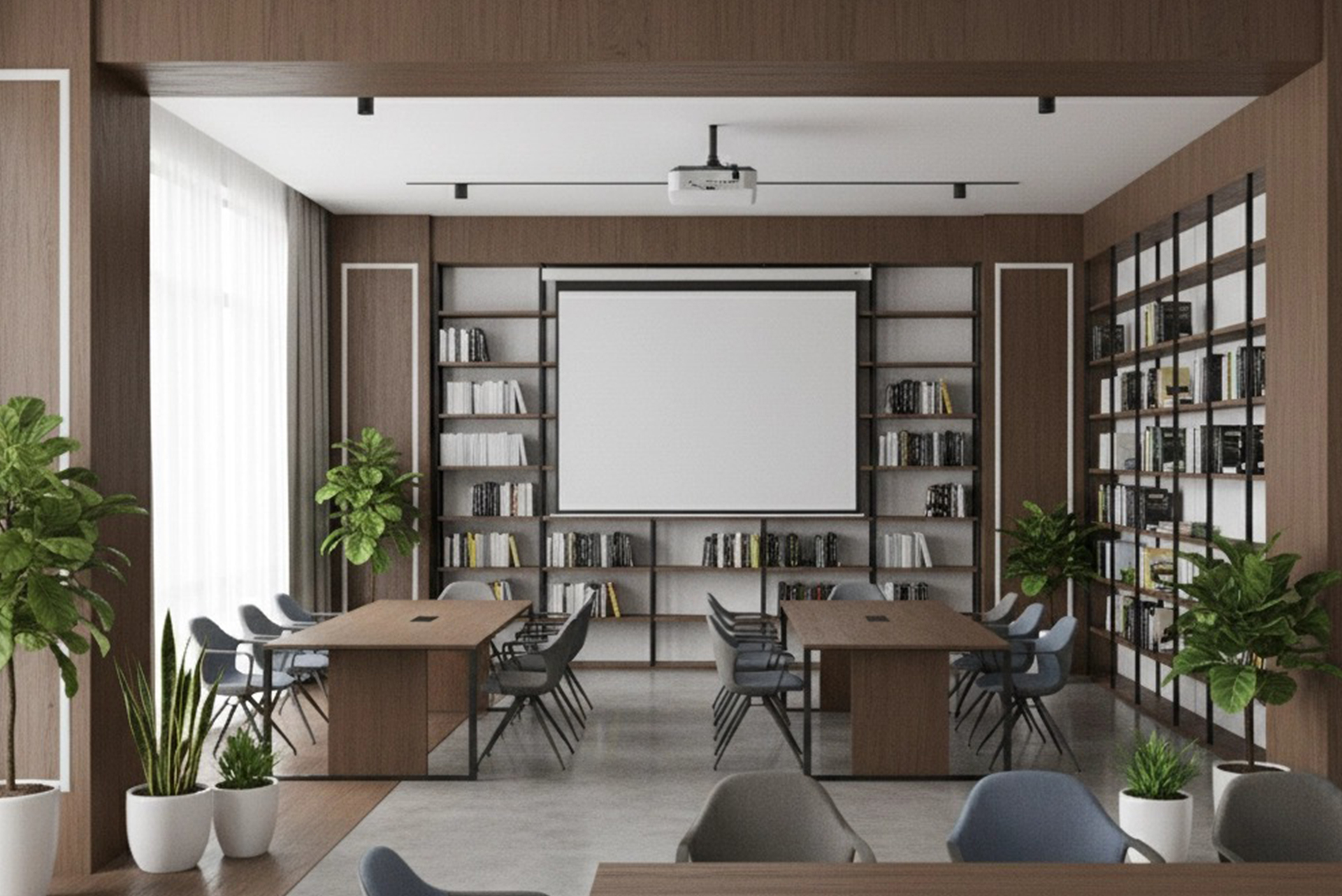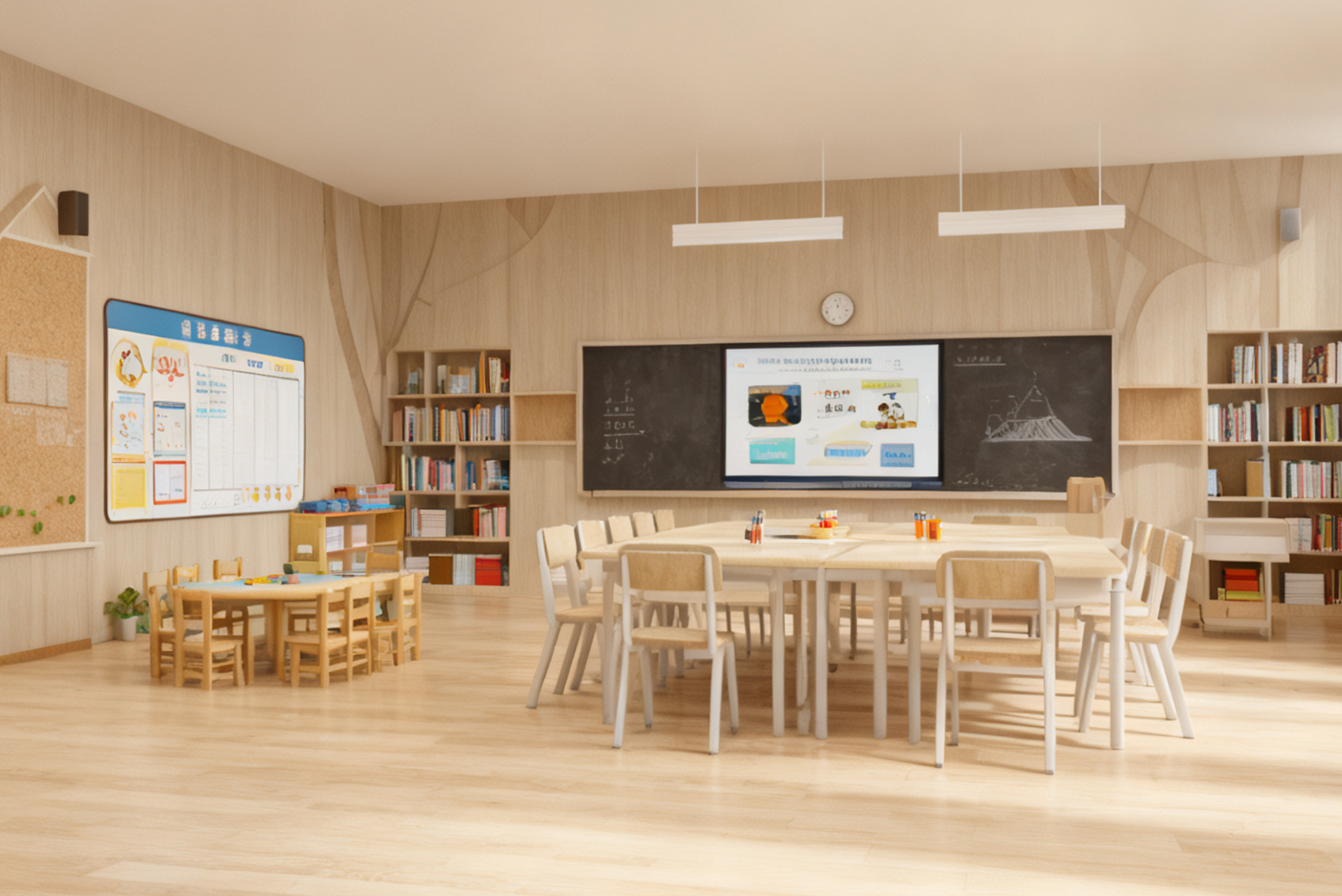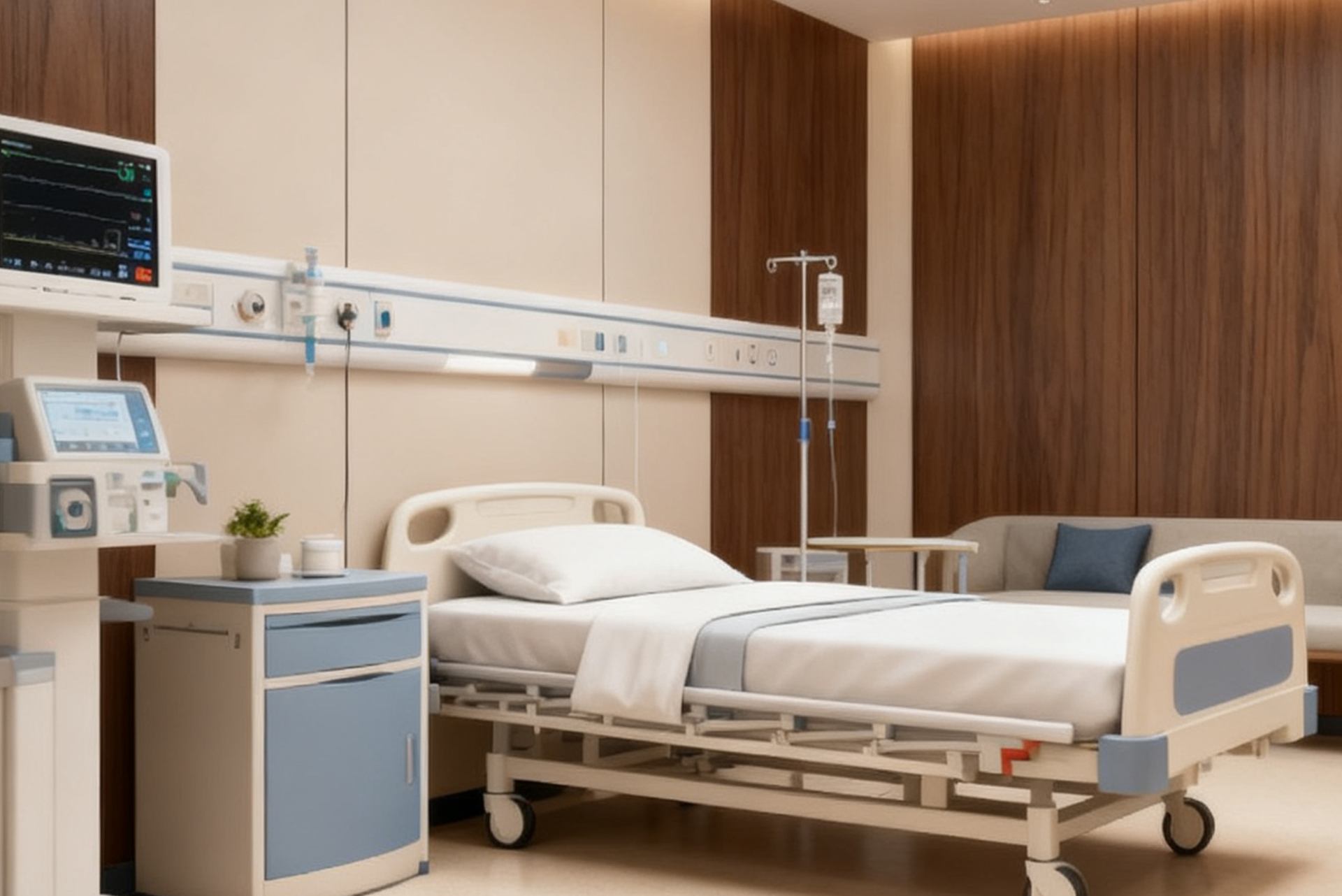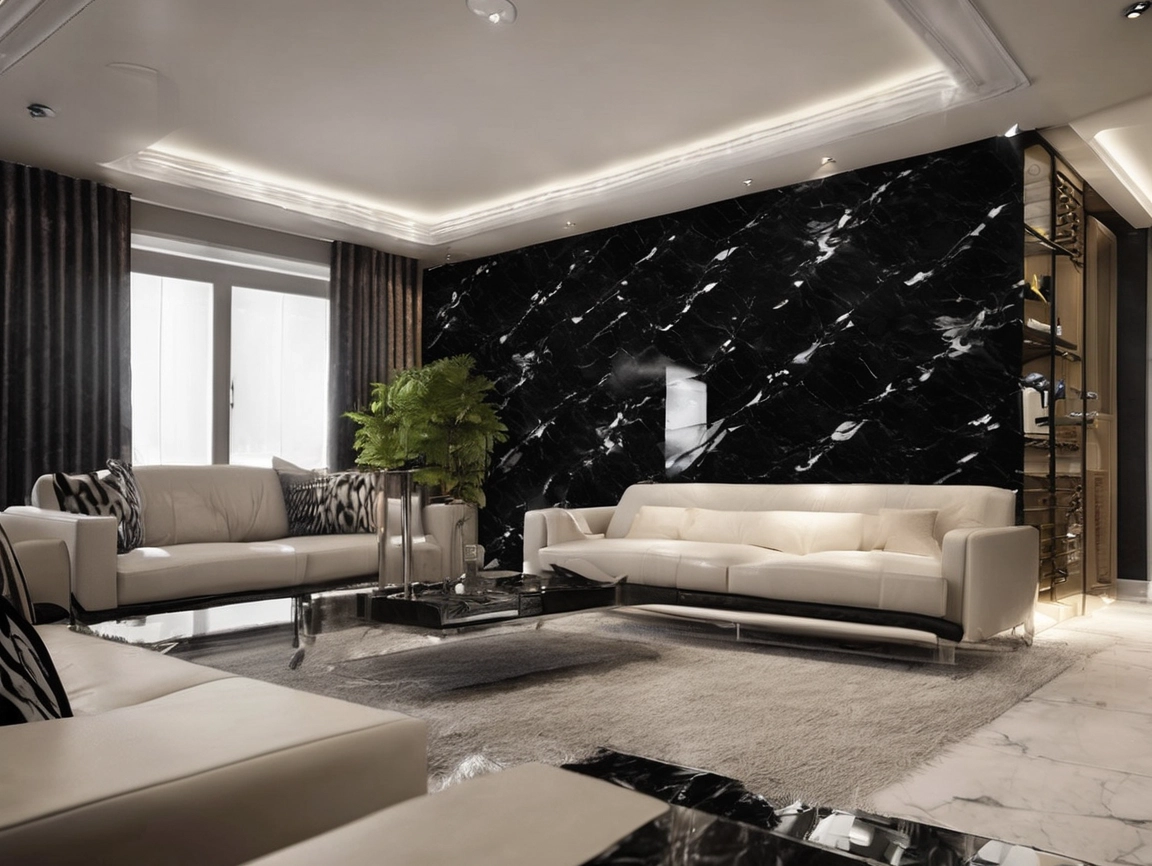Introduction
In today’s fast-evolving construction and interior design industry, PVC sheet has emerged as a superior alternative to traditional wall panels (such as wood, gypsum, and ceramic tiles). Homeowners, contractors, and commercial builders are increasingly opting for PVC sheet due to its durability, cost-efficiency, and ease of installation.
But how does PVC sheet really compare to conventional wall panels? In this in-depth analysis, we break down 5 key performance factors that make PVC sheet the preferred choice for modern renovations.
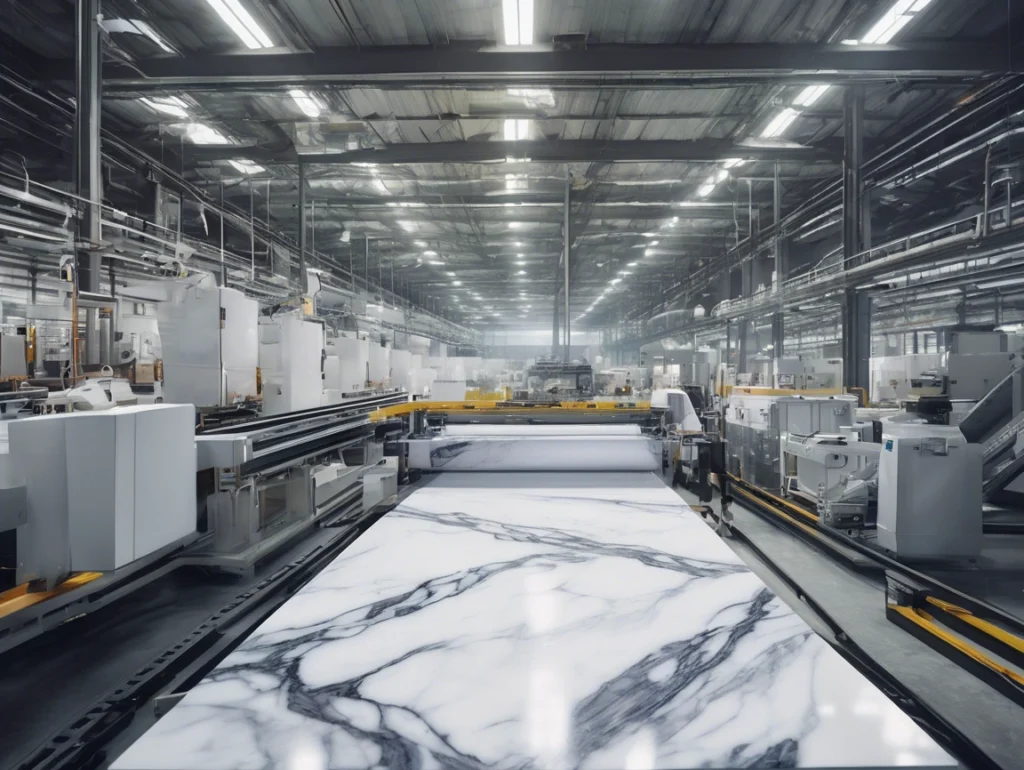
1. Water & Moisture Resistance
PVC Sheet: 100% Waterproof
- PVC sheet is inherently waterproof, making it ideal for humid environments like bathrooms, kitchens, and basements.
- Unlike wood or MDF panels, PVC sheet does not warp, swell, or develop mold when exposed to moisture.
- A study by the Global Building Materials Association (2024) found that PVC sheet maintains structural integrity even after prolonged water exposure.
Traditional Wall Panels: Vulnerable to Moisture Damage
- Wood panels absorb moisture, leading to rotting, warping, and fungal growth.
- Gypsum boards weaken when wet, requiring frequent repairs.
- Ceramic tiles resist water but grout lines can harbor mold.
✔ Winner: PVC Sheet
2. Durability & Longevity
PVC Sheet: 15+ Years Lifespan
- PVC sheet is highly resistant to scratches, dents, and impact.
- Unlike wood, it does not fade or discolor under UV exposure (ideal for sunlit rooms).
- Industrial-grade PVC sheet comes with 10-20 year warranties, proving long-term reliability.
Traditional Panels: Shorter Lifespan & Higher Maintenance
- Wood panels require regular sealing, polishing, and pest control.
- Gypsum boards crack easily and need repainting every few years.
- Ceramic tiles are durable but prone to chipping and grout discoloration.
✔ Winner: PVC Sheet
3. Installation Speed & Cost Efficiency
PVC Sheet: Easy & Fast Installation
- PVC sheet uses interlocking or adhesive systems, reducing labor costs.
- A standard room can be paneled in 1-2 days (vs. 3-5 days for tiles/wood).
- No need for additional treatments (varnishing, waterproofing, etc.).
Traditional Panels: Time-Consuming & Expensive
- Wood panels require sanding, staining, and sealing.
- Tile installation involves mortar, grout, and drying time.
- Gypsum boards need joint compound, sanding, and painting.
✔ Winner: PVC Sheet
4. Eco-Friendliness & Safety
PVC Sheet: Low Environmental Impact
- Modern PVC sheet is 100% recyclable and often made from recycled materials.
- Unlike wood, it does not contribute to deforestation.
- High-quality PVC sheet is fire-retardant (meets international safety standards).
Traditional Panels: Higher Carbon Footprint
- Wood production leads to deforestation and habitat loss.
- Gypsum manufacturing releases CO₂ emissions.
- Some paints and adhesives contain VOCs (volatile organic compounds).
✔ Winner: PVC Sheet
5. Design Flexibility & Aesthetics
PVC Sheet: Endless Customization
- Available in wood grain, marble, metallic, and solid colors.
- Can mimic high-end materials at a fraction of the cost.
- Easy to cut, shape, and install for unique designs.
Traditional Panels: Limited Options
- Wood panels have natural variations but require staining.
- Tiles offer patterns but grout lines disrupt aesthetics.
- Gypsum is paintable but lacks texture options.
✔ Winner: PVC Sheet
Conclusion: Why Modern Renovations Choose PVC Sheet
After comparing PVC sheet against traditional wall panels across 5 key factors, the advantages are clear:
✅ 100% waterproof (no mold, no warping)
✅ Longer lifespan (15+ years with minimal maintenance)
✅ Faster & cheaper installation (saves time and labor costs)
✅ Eco-friendly & safe (recyclable, fire-resistant)
✅ Superior design flexibility (matches any interior style)
Whether you're renovating a home, office, or commercial space, PVC sheet offers unmatched performance, affordability, and durability compared to outdated materials.
Ready to upgrade your walls? Contact us today for free samples & expert advice on the best PVC sheet solutions for your project!















